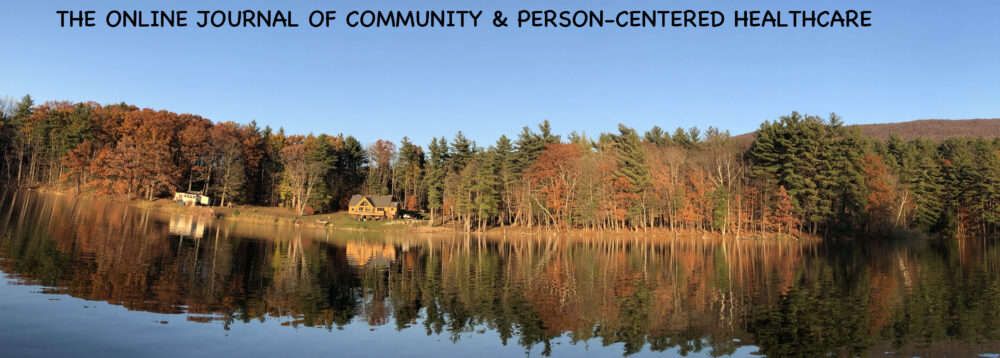The human microbiome is the collection of microorganisms (such as bacteria viruses and fungi) which live on and inside humans (on the skin, in the saliva and mouth, in the eyes, and in the gut and the rest of the gastrointestinal tract). Foreign microbes outnumber human cells in the body a wide margin; humans have about 100 trillion cells, and carry ten times as many microorganisms in the intestines alone. We know that some of these organisms are useful for humans. However, most have no known effect; they are just symbionts and are referred to as the normal ‘flora.’ Studies in 2009 asked whether our health is damaged if we reduce this biota (collection of organisms in an ecosystem), which is certainly the case with gut flora (which can be restored by a ‘fecal transplant.’
For more background information on the human microbiome see:
The Daily Omnivore
Germs Are Us (New Yorker magazine October 22, 2012) For the general reader
The Skin Microbiome: a review article by Kong and Segre For those who want more science
The microbiome concept has huge implications for our skin in health and disease. Disorders such as atopic dermatitis, acne, skin ulcers, rosacea, perioral dermatitis, seborrhea and seborrheic dermatitis and many more may caused or exacerbated by changes in the skin microbiome. We will add to this post periodically.

